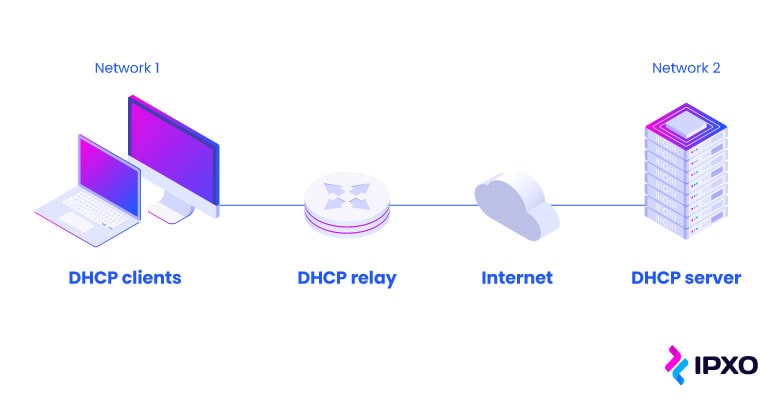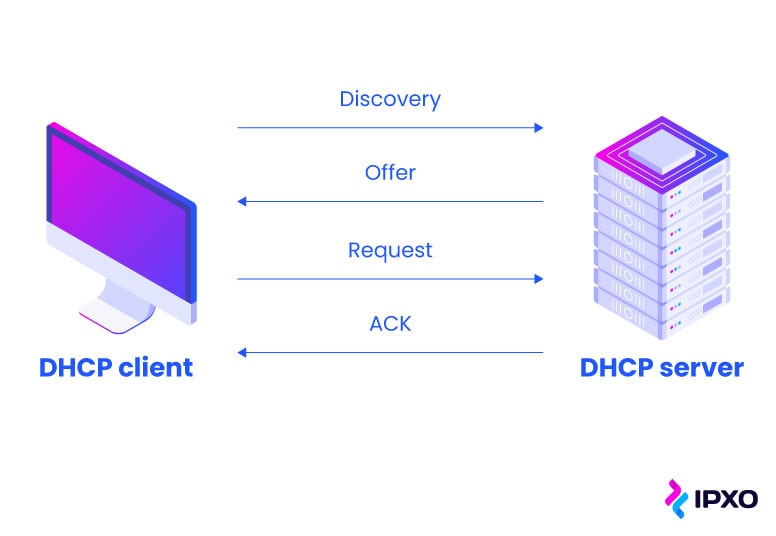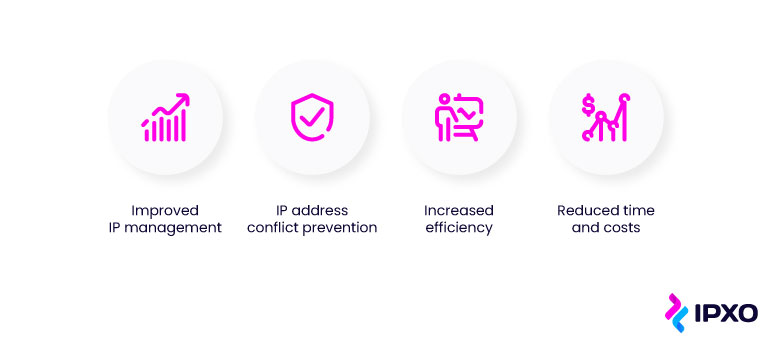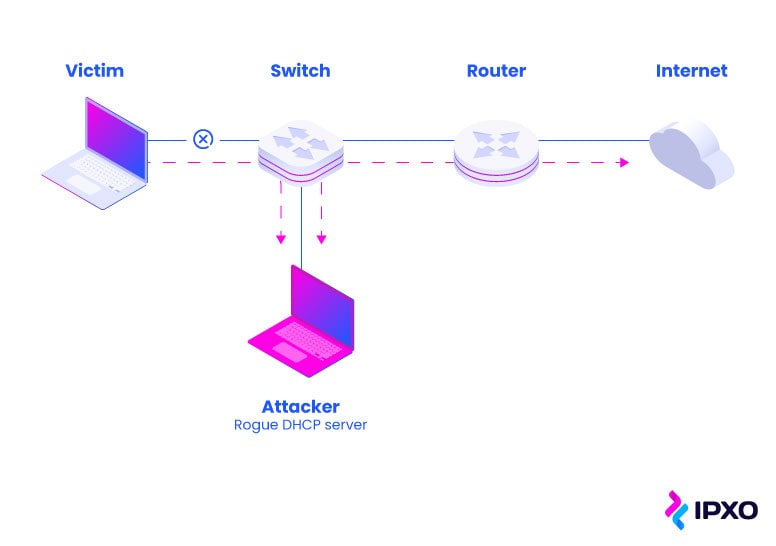What Is DHCP? Dynamic Host Configuration Protocol Explained
5 min read
17 February 2022
Mindaugas Kubilius
Learn more about the Dynamic Host Configuration Protocol, how it works and what its key components are. Also, discover the advantages and disadvantages of DHCP.
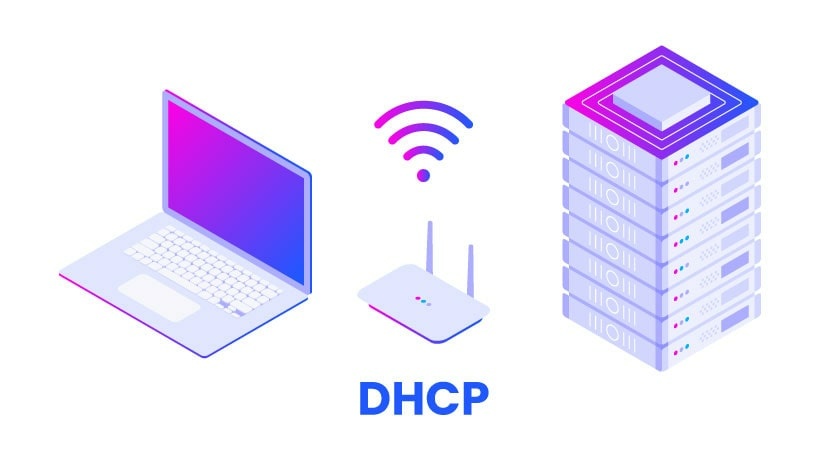
About the author
Mindaugas is a Network Administrator at IPXO with more than 15 years of experience in the IT field. He specializes in building and maintaining various network infrastructures, as well as presenting top-notch engineering solutions to the public. After work, Mindaugas spends his time in nature.
Table of contents
Related reading

2 August 2022 •
Internet Protocol,
Networking Protocols
IPv4 Packet Header: Format and Structure
When you think about it, the IPv4 packet format is truly fascinating. Learn about the elements at play with this comprehensive guide.
Read more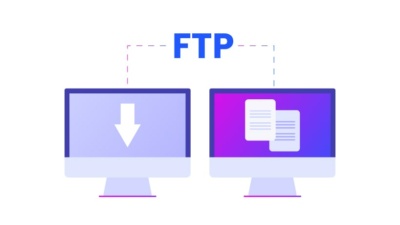
12 July 2022 •
Network Engineering,
Networking Protocols
File Transfer Protocol Explained
What does FTP stand for? What is the importance of this protocol? How does it work? Read this post to learn all about the File Transfer Protocol.
Read more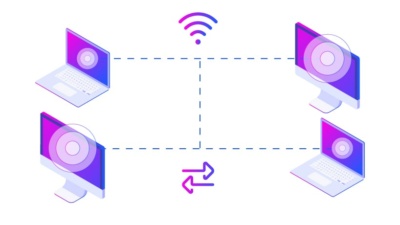
7 June 2022 •
Internet Protocol,
Networking Protocols
TCP/IP: What Is It And How Does It Work?
The Transmission Control Protocol and the Internet Protocol create what is known a TCP/IP model. Learn how it works and what functions it serves.
Read moreSubscribe to the IPXO email and don’t miss any news!
